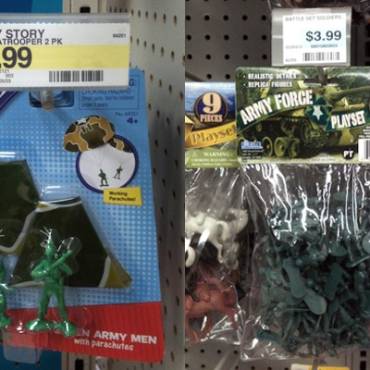I must say that I’m incredibly impressed and endeared by this issue of Windy Corner Magazine. I read it in two sittings because I spent so much time slowly reading and paying attention. Often it’s hard for me to take breaks from a book or comic, but there was a lot that I wanted to think about inbetween sections of the magazine.
As with issue one, this issue starts out with a beautiful cover (drawings Austin English did based on Lois Lenski’s work), as well as a thoughtful opening page featuring a comic by Mollie Goldstrom. While I pointed out in my highlight of issue one that I appreciated English featuring female artists, that feeling is much stronger in this issue. Goldstrom’s feminist comic pulled me into the book immediately.
The reader is introduced to so many artists in this book, most of them women. There is also an excellent interview of John Hankiewicz by Onsmith and a comic by Sparkplug’s own Dylan Williams.
I enjoyed Life of Francis by English. As an everyday life comic, it addresses issues of class and social awkwardness and what it’s like to be an outcast due to these things. Francis struggles but remains firm in her love of her cozy home and family. Following three comics by English that are similar in content to those in the first issue, there is a comic by Fiona Logusch about human relationships. More than the subject matter, Logusch’s layout stands out; the comic is fairly traditional in form, but the pages are photos of the actual paper on a desk. Along with the grunge of the actual page, this effect makes her comic flow not only within itself, but also with the rest of the book.
Dylan’s comic is soft in chalk or oil pastels. This reflection on his communication with Alex Toth over the years seems fuzzy and vague, like the lines of pastels and memories. I’m impressed that Dylan had such control over pastels (they seem horrid to work with…) and picked dreamy palettes for each panel. There is a lot of breathing room between panels, which is a good break from comics that are cluttered and rush you through. I think the comic also talks about communication this way; it’s all snail mail – slow conversations with Alex Toth.
Next up is English’s article on artist and writer Lois Lenski. It is wonderful to be introduced to her work – the simple forms and confident lines that grace her books inspire me. Reflecting on simplicity and stylization is something that I think every artist does at one point; Lois Lenski had it down pat. Also in this section English takes note of artists like Wanda Gág, known for her book Millions of Cats. English takes time to remind the reader that the special thing about Lois Lenski is that her books were for children and had good values in them, but never attempted to be a moral lesson. Lenski communicated her ideas through clean storytelling without being manipulative.
Last is the interview of John Hankiewicz. I was surprisingly engrossed in this conversation. Obviously Onsmith and Hankiewicz are friends and conversations between peers and friends are often the most interesting type. John has a lot to say about comics, the meta aspect of comics (when you draw a speech bubble of someone out of the panel talking; how you have no clue who it could be) and his process. I found this interview educational without any attempt to be so. There is a lot of information to be churned over here…
(72 interior pgs, 6.5? x 9.5?, color cover with black and white interiors, Sparkplug Books)
available here!




